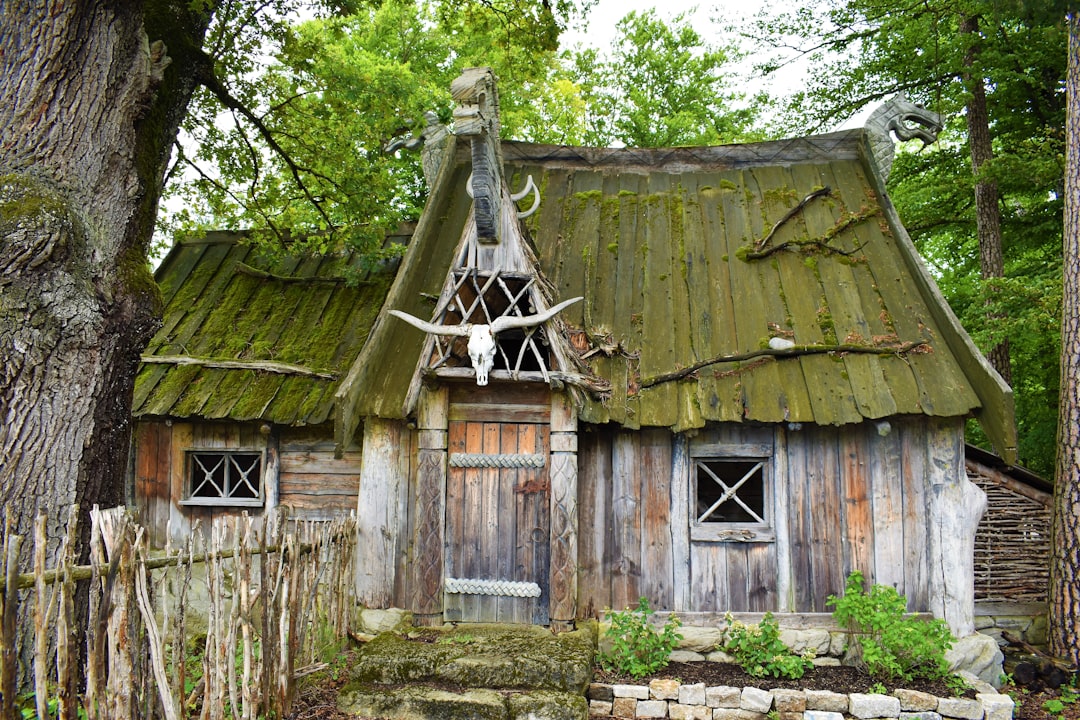In community gardens, every seed holds the promise of future harvests—and a thriving, resilient ecosystem. Seed saving and sharing is a time-honored tradition that not only preserves plant genetic diversity but also strengthens local food systems and community bonds. In this post, we explore the significance of seed saving, how community gardens are building local seed banks, and the many benefits these practices offer to urban and rural neighborhoods alike.
The Importance of Seed Saving
Preserving Genetic Diversity
Seeds are much more than biological material; they are the living heritage of agriculture. By saving and sharing seeds, community gardens help conserve a wide array of plant varieties, including heirloom and locally adapted species that might otherwise be lost to commercial agriculture. Preserving this genetic diversity is crucial for:
-
Environmental Resilience: Locally adapted seeds are often more resistant to local pests, diseases, and climatic challenges, ensuring greater adaptability for future growing seasons.
-
Cultural Heritage: Many seeds carry the history and traditions of the communities that have nurtured them for generations, preserving culinary and cultural diversity.
-
Food Security: Diverse genetic stock offers a safeguard against crop failures and helps create resilient food systems that can withstand environmental stresses.
Empowering Local Food Systems
Local seed banks empower communities to take control of their food sources. By cultivating and maintaining a variety of seeds locally, communities reduce their dependence on industrial seed suppliers and ensure that their agricultural practices are tailored to local conditions. This grassroots approach not only nurtures self-reliance but also encourages sustainable practices that benefit both the environment and local economies.
Building Local Seed Banks
What Is a Seed Bank?
A local seed bank is a repository for seeds that is managed by community members, often within a community garden or a cooperative network. These banks serve several key functions:
-
Storage: Ensuring that seeds remain viable for future planting seasons through proper drying and storage techniques.
-
Exchange: Facilitating the sharing and distribution of seeds among gardeners, farmers, and local institutions.
-
Education: Providing information and resources about seed saving techniques, plant breeding, and sustainable agriculture practices.
Establishing a Seed Bank: Practical Steps
Creating a local seed bank may seem daunting at first, but community gardens have the unique advantage of being hubs of collective knowledge and shared resources. Here are some fundamental steps to get started:
-
Inventory and Documentation: Begin by cataloging the seeds currently available within your community garden. Document details such as the plant variety, planting time, and harvest yield. This information becomes invaluable for tracking the performance of different crops over time.
-
Proper Collection Techniques: Teach and practice effective seed harvesting methods. This includes knowing when to harvest seeds to ensure optimal maturity and viability, and understanding how to clean and dry seeds properly.
-
Storage Solutions: Invest in storage solutions that maintain seed viability. Options range from simple glass jars or paper envelopes stored in cool, dry conditions, to more sophisticated seed storage systems. Labeling and organization are key to easily retrieve and share seeds when needed.
-
Creating a Seed Exchange Network: Host seed swap events where community members can trade or share surplus seeds. This not only introduces gardeners to new plant varieties but also strengthens community ties.
-
Educational Workshops: Organize workshops and training sessions that focus on seed saving techniques, plant genetics, and sustainable gardening practices. Involving local experts can make these sessions richer and more impactful.
Collaborating with Local Institutions
Community gardens are often part of broader networks that can enhance seed bank initiatives. Collaborating with local schools, farmers' markets, botanical gardens, or even universities can provide additional expertise, resources, and public exposure for your seed bank. Such partnerships can help in organizing larger events, receiving donations of seeds and equipment, and ensuring that the knowledge of seed saving is passed on to new generations.
The Benefits of Seed Saving and Sharing
Strengthening Community Resilience
Seed saving is an act of stewardship. By ensuring that a diverse array of seeds is available locally, communities become better prepared for challenges such as climate change, pests, or economic disruptions. This resilience is not only agricultural but also social—community members who work together to save and share seeds develop strong bonds, a collective sense of purpose, and a shared legacy.
Fostering Sustainable Agriculture
Local seed banks reinforce the principles of sustainable agriculture. They encourage:
-
Organic Practices: By promoting the use of naturally adapted seeds and reducing dependency on chemically engineered varieties, local seed banks support organic and environmentally friendly growing practices.
-
Biodiversity: A diverse seed bank adds to the biological diversity of local ecosystems, contributing to healthier soils, water conservation, and overall ecological balance.
-
Innovation and Adaptation: When gardeners share seeds and experiment with new plant varieties, they drive innovation that can lead to crops better suited to local conditions—ensuring long-term productivity and sustainability.
Promoting Food Sovereignty and Education
At its core, seed saving is about reclaiming control over one’s food system. It empowers individuals and communities by providing the tools and knowledge to grow their own food. Educational programs centered around seed saving help demystify agriculture, encourage curiosity about plant life, and illustrate how traditional practices can inform modern sustainable methods.
Conclusion
Building a local seed bank in a community garden is much more than a horticultural pursuit—it is an investment in the future of our food, our environment, and our communities. Through seed saving and sharing, we preserve genetic diversity, empower local food systems, and foster a resilient, sustainable approach to agriculture that honors tradition while embracing innovation.
If your community is ready to deepen its connection to the land and its heritage, consider starting a seed bank project at your community garden. It’s a seed planted today that grows into a legacy for future generations—a vibrant symbol of community spirit and sustainability.

Comments
No comments yet. Be the first to comment!
You must be logged in to comment. Login